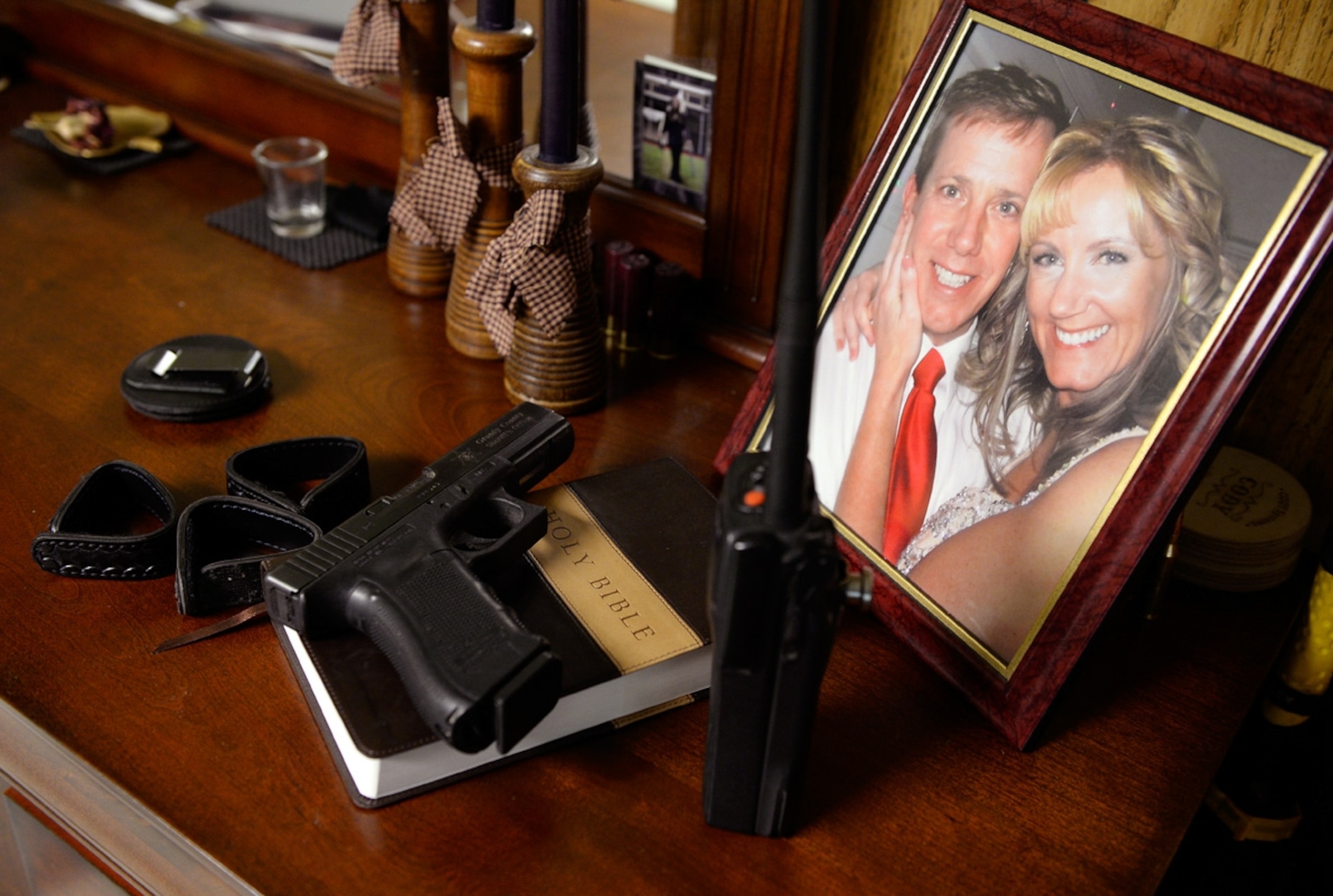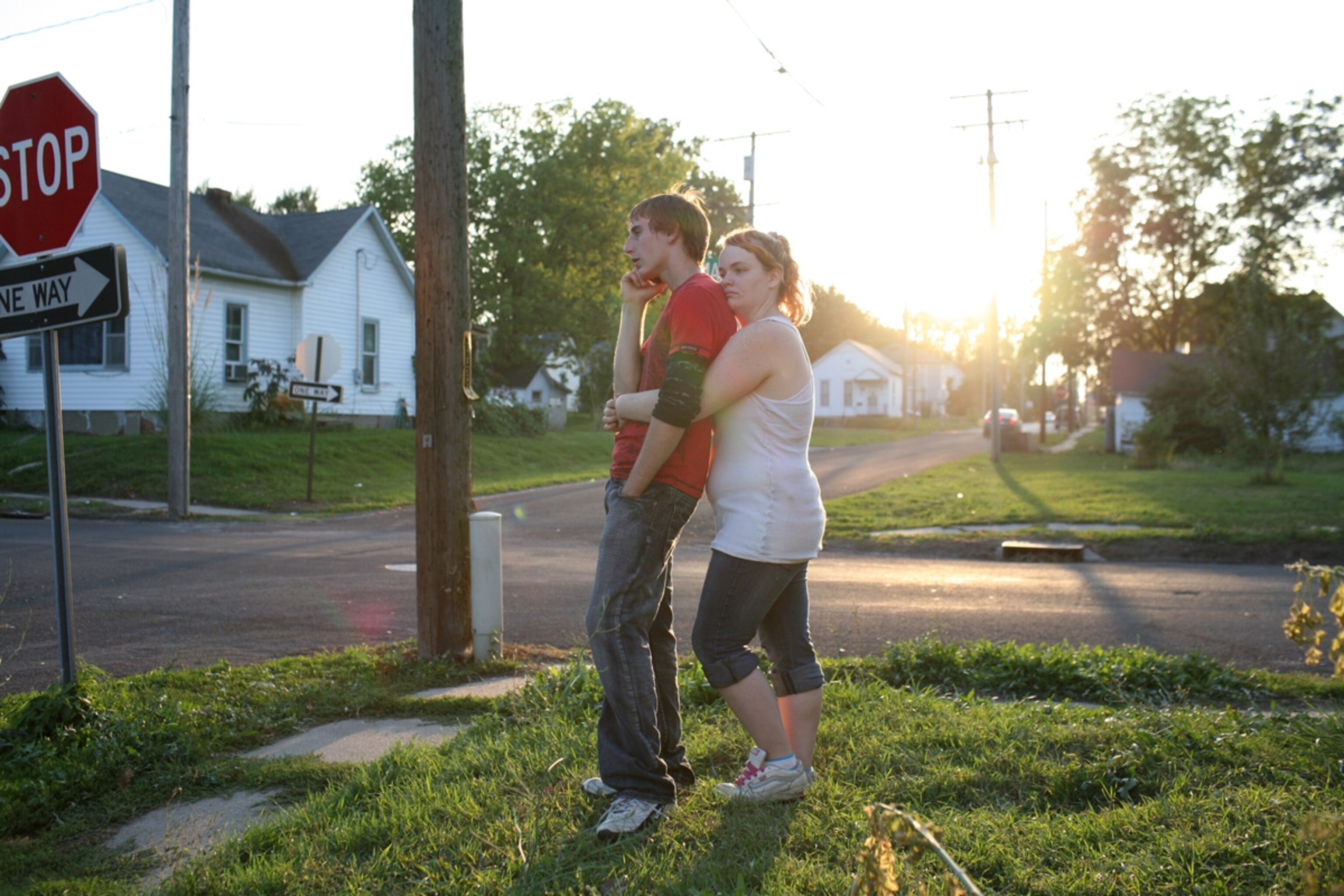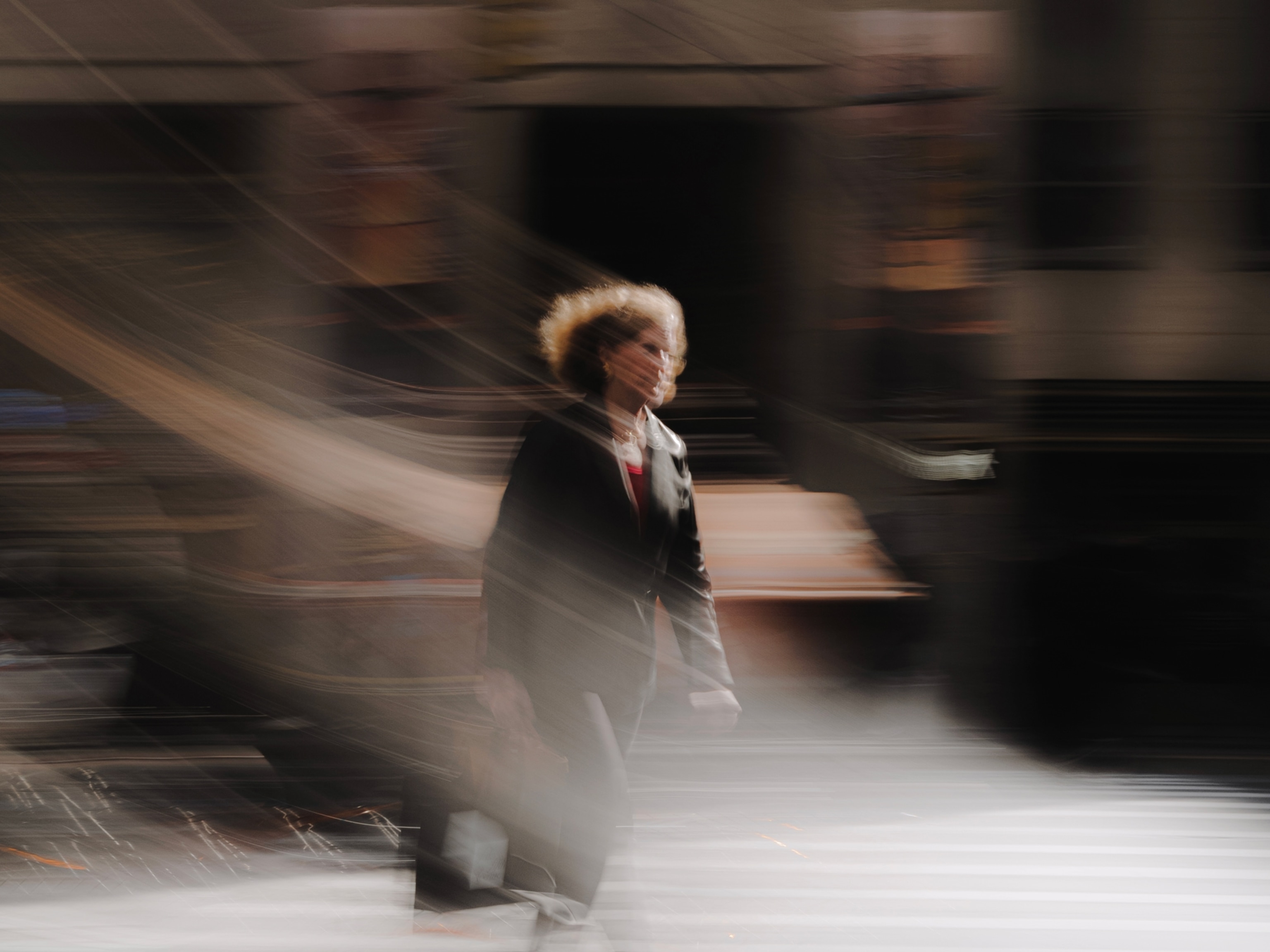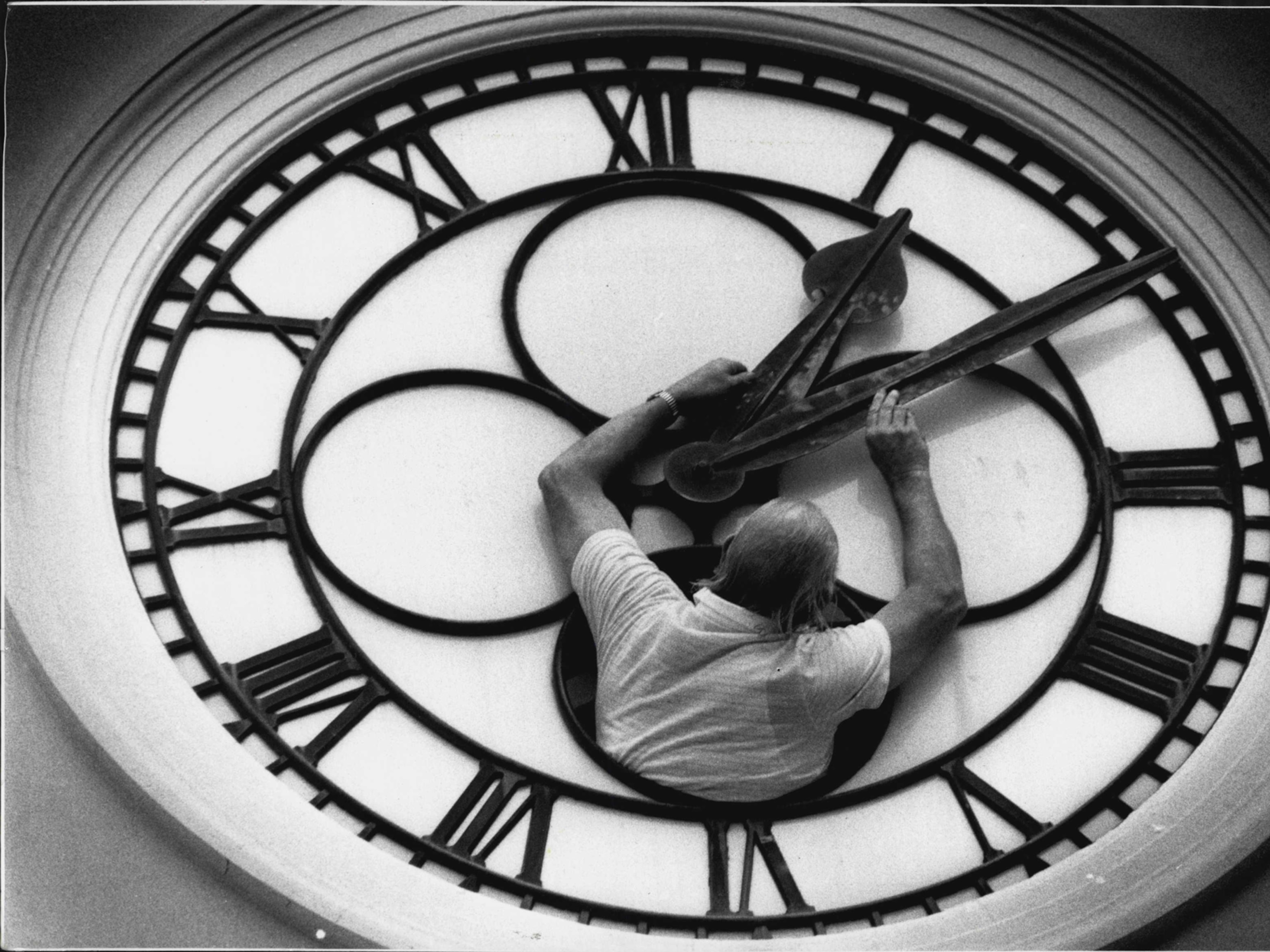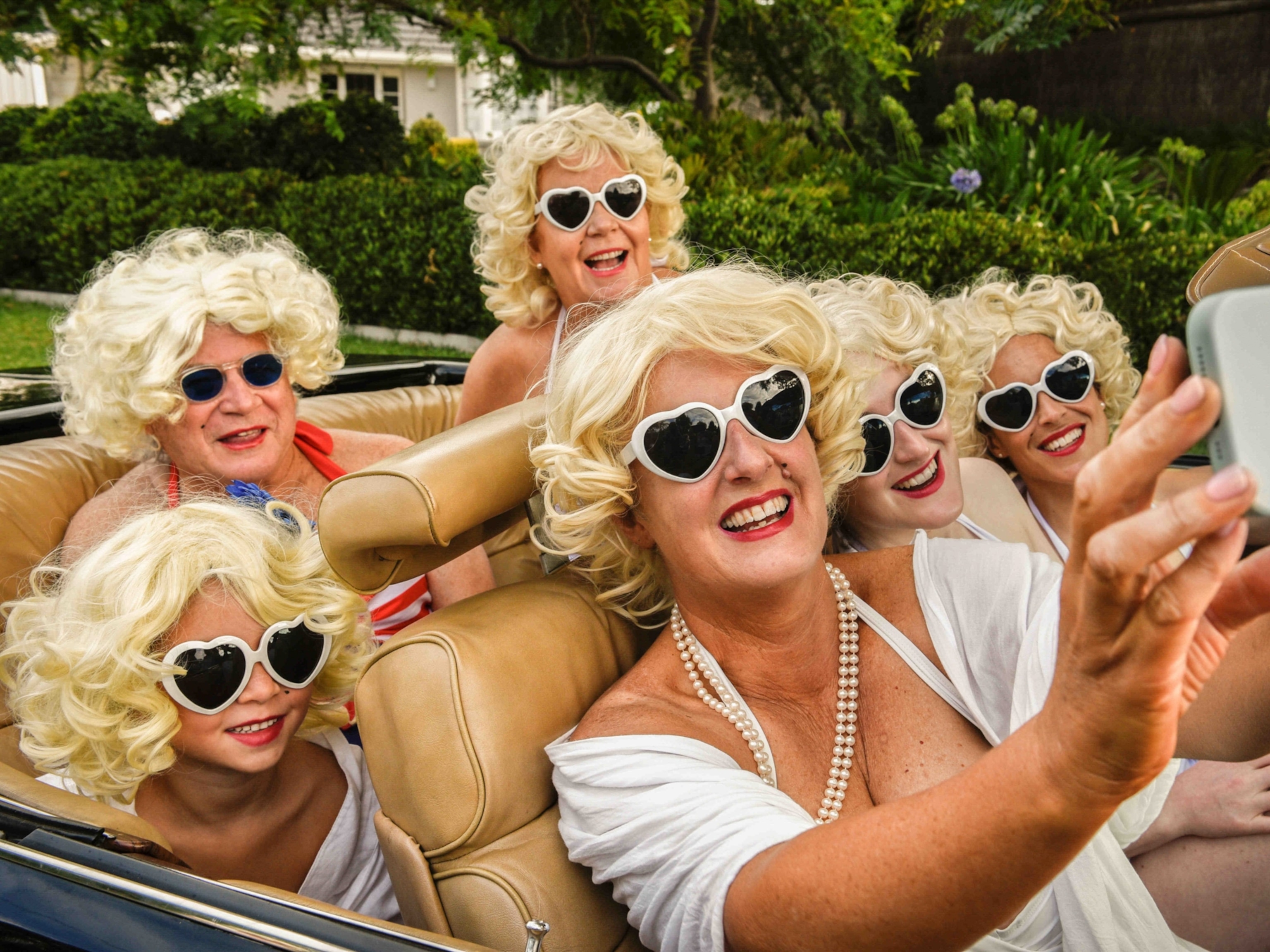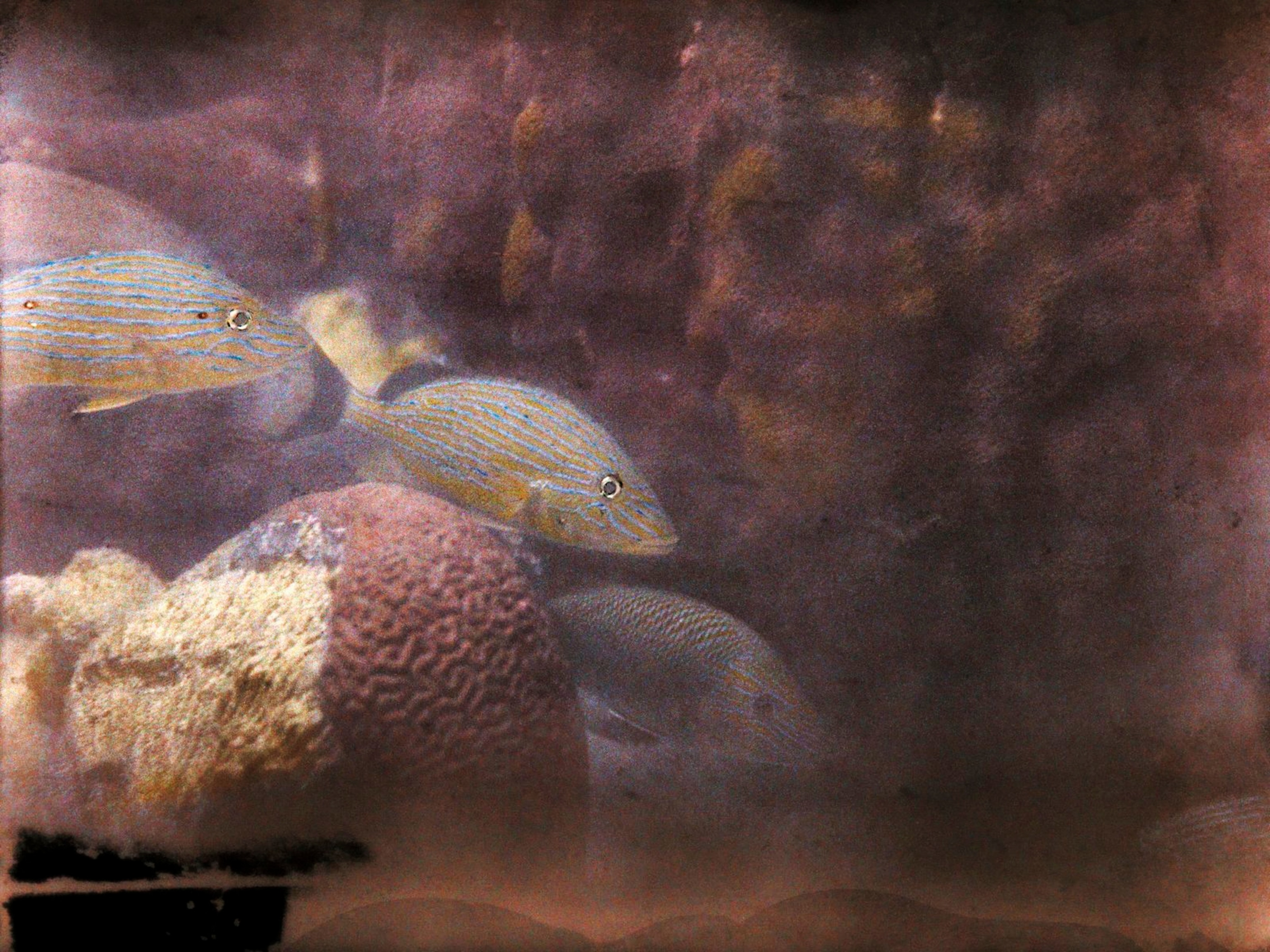The Gift of Time in Photography
A key lesson for photographers attending the Missouri Photo Workshop, and for all documentary photographers, is that time matters. It’s just not possible to drop into the lives of people and expect that your pictures will honestly reveal the character of your subjects. The pictures may show what people look like, but they won’t necessarily show how people live and relate to each other in the absence of cameras.
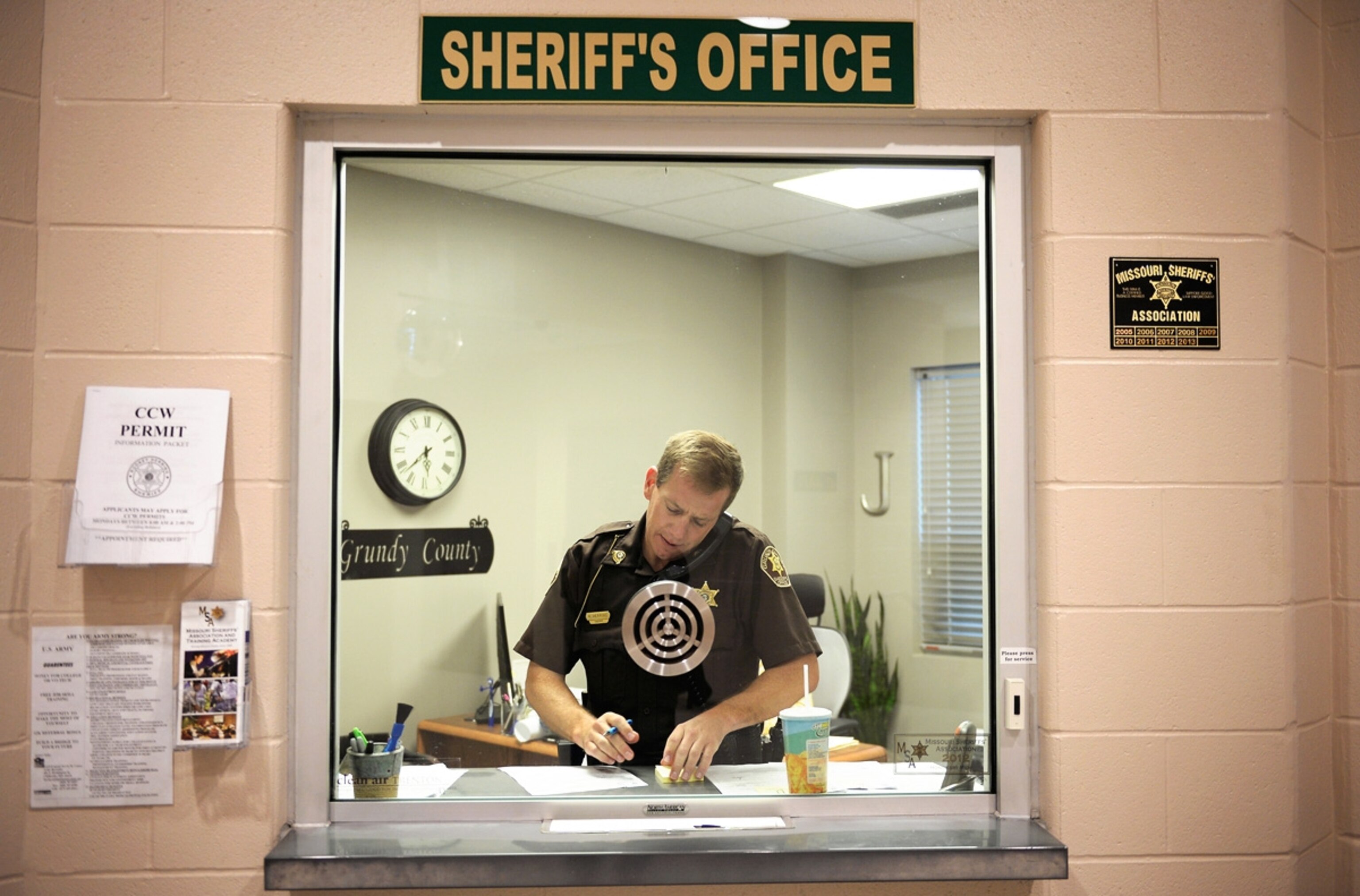
But time can make a difference. A photographer can learn a lot just by spending time observing daily rituals, expressions and gestures, and the way people connect to their family, friends, and colleagues. But observing this kind of unguarded behavior—which can produce honest, un-posed pictures of real life unfolding—requires an investment of time and patience.
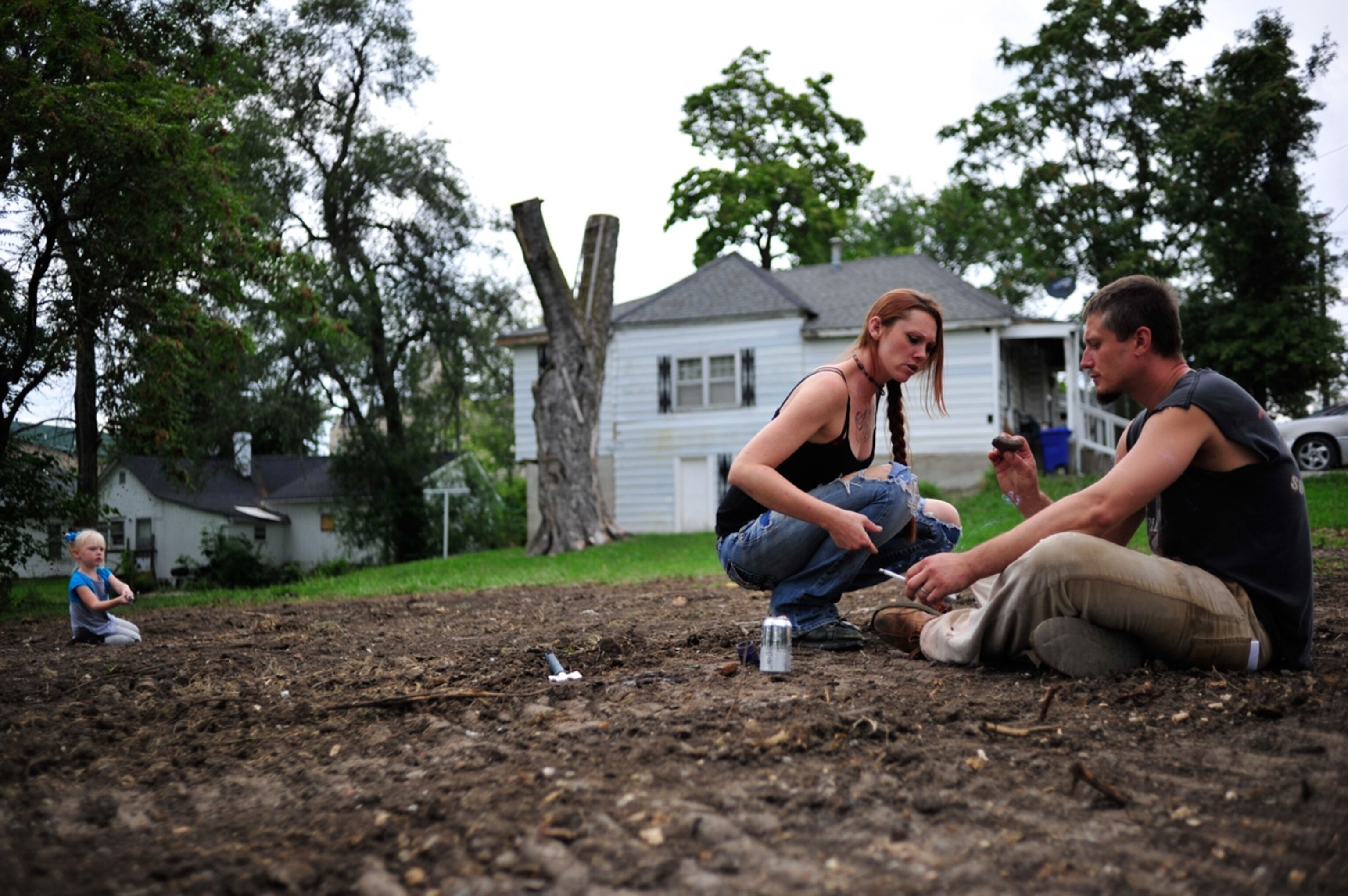
I’ll often say to students that the best pictures come on day three of the workshop, but only because a photographer has been willing to invest day one and day two watching and waiting. Only after a subject has become familiar and comfortable in the presence of a photographer can real pictures begin to happen. This requires a photographer to just “be there,” willing to watch, not necessarily talking, and often not taking any pictures at all.
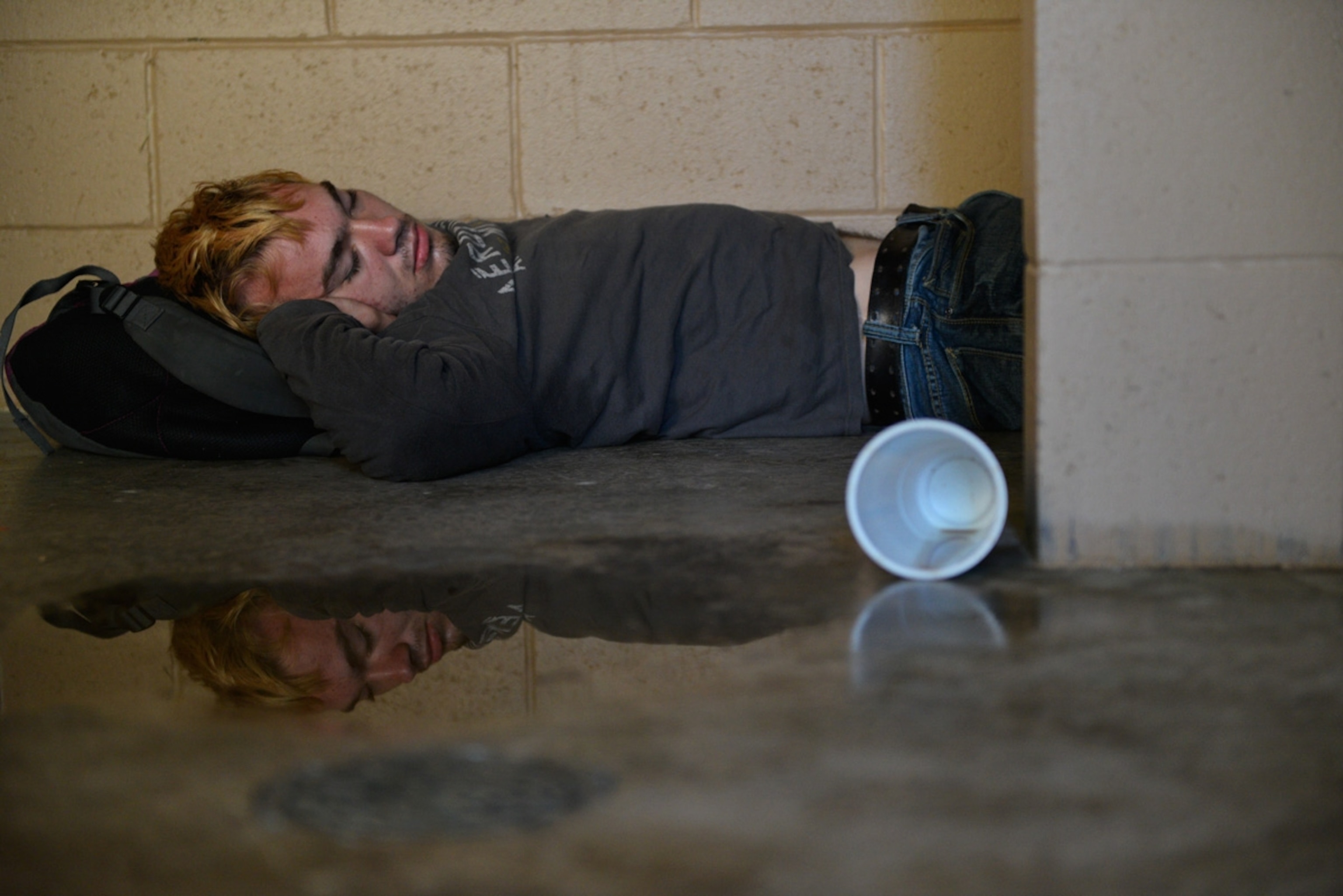
This is a difficult lesson for photographers in a time when all digital cameras have virtually endless memory storage, and motor advances that make them more like machine guns than tools for quiet and sensitive documentation. This is why we also have a 400-image limit on photographers for the week. Limiting the number of pictures requires students to think through what each picture means and how each advances the visual story of their subject.
44 picture stories were completed during the course of the workshop, which came to a close last Saturday. Four photographers received awards: Carlos Gonzalez, Sam Wilson, Ryan Dorgan, and Brendon Stuart. You can view theirs, and all of the stories, here: mophotoworkshop.org.
National Geographic executive editor Dennis Dimick was first a faculty member for the Missouri Photo Workshop in 1995 when it was last held in Trenton, site of this year’s workshop. Follow Dennis on Twitter, Instagram, and Flickr.
